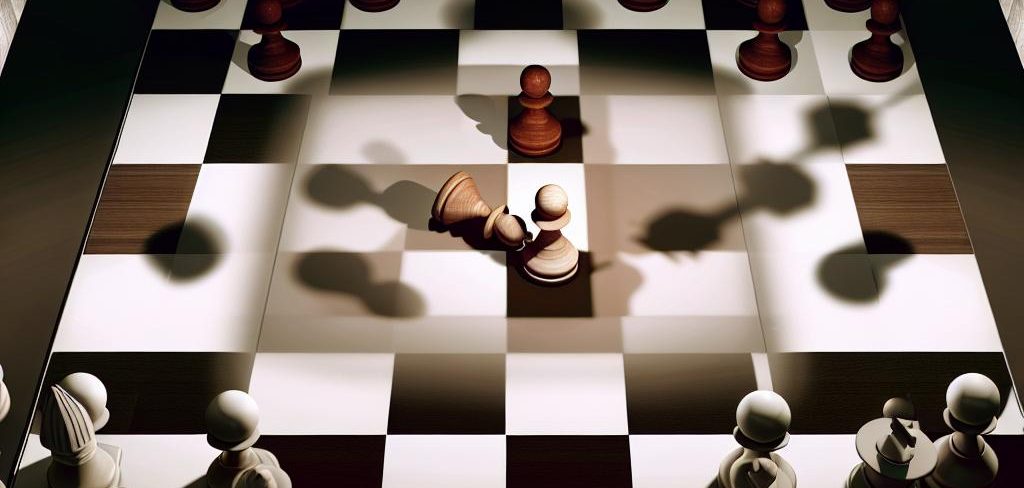Understanding Passed Pawns
In the game of chess, a passed pawn is a pivotal element, particularly during the endgame phase. A pawn becomes passed when it encounters no opposing pawns that can prevent its progress to the promotion square. This characteristic makes passed pawns formidable candidates for promotion, often turning into queens, which can dramatically shift the balance of the game. Hence, understanding the principles behind creating and leveraging a passed pawn is essential to both novice and accomplished players seeking to gain favorable outcomes in the endgame.
The Importance of Passed Pawns
The existence of a passed pawn in the endgame is often synonymous with a potential winning position. This is primarily because the progression and eventual promotion of a pawn necessitate the opponent’s attention and allocation of resources to thwart its advancement. Often, these efforts involve repositioning their pieces defensively rather than offensively, granting the player with the passed pawn opportunities to either capture additional material on the board or assist the pawn in reaching the promotion square, thus maximizing their strategic advantage.
Steps to Create a Passed Pawn
The process of developing a passed pawn is more than merely pushing pawns forward aimlessly. It demands a calculated approach, involving both strategic movement and tactical exchanges. Here is an in-depth look at the methodology to make this possible:
Advance Your Pawns in Unison
A fundamental step in aspiring to create a passed pawn is to harness the power of a pawn majority—having a greater number of pawns on one flank than your opponent. By advancing these pawns together, they can effectively exert pressure on the opponent’s pawn lines, compelling them to react and possibly creating structural weaknesses in their position. Coordinated pawn advancement is the cornerstone of converting the majority into a substantial positional advantage.
Exchange Pawns Strategically
Sometimes, the creation of a passed pawn necessitates the exchange of pawns. The goal here is to initiate trades that simplify the pawns’ pathway by exchanging central pawns for those of the opponent. These exchanges should be executed with precision so that they bolster the player’s position and sustain an advantageous structure rather than create vulnerability within one’s own pawn skeleton.
Create and Exploit Weaknesses
Simultaneously, as pawns advance, a vigilant player observes for opportunities to undermine and exploit vulnerabilities in the opponent’s pawn framework. For instance, compelling the opponent to develop isolated or backward pawns can grant targets for future attacks and simultaneously unfurl options for breakthrough to promote pawns.
Support with Pieces
To ensure that passed pawns achieve promotion, they must receive the backing of other pieces. It is typically the task of the king or minor pieces to offer this support. Their role is pivotal in safeguarding the pawn from threats while also facilitating its progress towards the promotion rank. The strategic positioning and movement of these pieces can often be the determining factor in whether a pawn successfully promotes.
Positioning Your King
A king’s positioning is a vital factor in the efficacy of supporting passed pawns. In the endgame, the king’s importance is magnified. By moving your king nearer to the center of the board, you not only provide support for advancing pawns but also simultaneously constrain your opponent’s king and other pieces, curtailing their mobility and options.
Practical Applications
The journey to successfully creating a passed pawn is intertwined with a profound comprehension of both pawn formations and the collaborative roles of the available pieces. A proficient application and understanding of these strategies can markedly augment one’s endgame potential.
To further hone this skill, players can explore various resources that delve deeper into endgame theory and practical execution. Engaging in chess tutorials or participating in online chess platforms such as Chess.com or Lichess is invaluable. These platforms offer arenas for players to test techniques at different competitive levels. Consistently practicing and analyzing positions will ultimately lead to realizing the capability of efficiently creating and utilizing passed pawns, which is an indispensable facet of endgame mastery.



